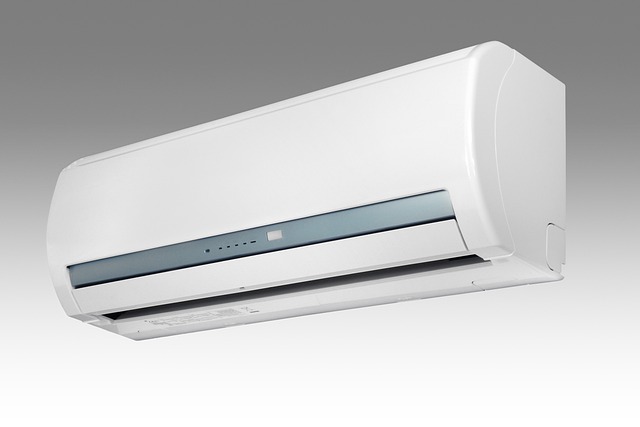Air conditioners play a vital role in keeping our living spaces comfortable, particularly during hot summer months.
However, it’s essential to understand the potential consequences of running an air conditioner designed for 110V on a 220V power supply.
Running a 110V air conditioner on 220V power can cause severe damage, including compressor failure and electrical damage, posing safety risks.
In this article, we will explore the risks, hazards, and outcomes associated with mismatched voltages. By gaining a clear understanding, you can make informed decisions to protect your air conditioner and ensure safe and efficient operation.
Understanding Voltage
Voltage is the electrical potential difference between two points in a circuit. In the context of air conditioners, it refers to the power supply requirements necessary for the unit to function properly.
In the United States, the standard voltage for residential outlets is 110V. However, in some countries, the standard voltage is 220V.
It is crucial to match the air conditioner’s voltage requirements with the available power supply to avoid potential problems.
Implications of Running a 110V Air Conditioner on 220V
Running a 110V air conditioner on a 220V power supply can have significant implications and risks.
The higher voltage can lead to overvoltage effects, causing stress on electrical components, overheating, and potential damage to the air conditioner’s sensitive parts.
It can also result in the malfunctioning of the compressor, which is a critical component responsible for cooling the air.
Additionally, the electrical motors and circuitry may not be designed to handle the higher voltage, further increasing the risk of damage and failure.
Read also my article: Voltage Mismatch: Can 220V Harm Your 110V Appliance?
Potential Hazards
Running an air conditioner on the wrong voltage can pose various hazards. The increased voltage can cause excessive current flow, potentially leading to electrical fires and significant damage to the unit.
Additionally, the risk of electric shock hazards increases, especially during maintenance or repair work.
Furthermore, operating the air conditioner outside its specified voltage range may void the warranty and make it difficult to receive support from the manufacturer in case of any issues.
Possible Outcomes
Running a 110V air conditioner on 220V power can result in several undesirable outcomes. The air conditioner’s compressor may fail, leading to a loss of cooling capacity and requiring expensive repairs or replacement.
The increased stress on the electrical components can cause them to overheat and potentially burn out, resulting in a complete breakdown of the unit.
In some cases, irreversible damage can occur, rendering the air conditioner irreparable.
Safety Measures and Precautions
To prevent the risks associated with running an air conditioner on the incorrect voltage, it is essential to take specific safety measures and precautions.
Firstly, always check the air conditioner’s specifications to ensure it matches the available power supply voltage.
If a voltage mismatch exists, using a voltage converter or transformer specifically designed for air conditioners can step down the voltage to the appropriate level.
Consulting with a licensed electrician is highly recommended to ensure proper installation and to address any electrical concerns. It is crucial to prioritize electrical safety and adhere to the manufacturer’s guidelines.
Conclusion
Running a 110V air conditioner on a 220V power supply can lead to severe damage, malfunctions, and potential hazards.
It is essential to match the air conditioner’s voltage requirements with the available power supply to ensure safe and efficient operation.
Neglecting this compatibility can result in compressor failure, electrical damage, and potential safety risks.
By following the recommended safety measures and consulting professionals when needed, you can protect your air conditioner investment, prolong its lifespan, and maintain a cool and comfortable indoor environment.
